This is what the real Wild West looks like
- Text by Jane Hilton, as told to Cian Traynor
- Photography by Jane Hilton

Between the ages of 10 and 18, my life was geared towards being a musician. I grew up in Beaconsfield, Buckinghamshire, and spent every weekend at music school. I couldn’t get enough of learning new instruments – percussion, oboe, violin – and dreamed of becoming a concert pianist.
Of course, when you hit your late teens, going out starts to become more important than practising. By the time I was studying music at university, I realised how unlikely that dream was and decided to change paths.
Luckily, I managed to modify my degree so that it was half music and half visual arts. As part of the latter, I was given a camera to learn photography. I had no idea the enormity of what this discovery would bring into my life.

My first photography project was documenting groups of punks and goths who used to hang out in the town of Lancaster. Looking back, I can see now that this was the start of a career-long pattern.
I have always been inspired by people who are completely different from myself; part of societies and communities I would not ordinarily get access to. It was probably a reaction to growing up in the Home Counties, where everything was staid and a bit boring. I was seeking out exciting people, my camera providing a golden ticket into these different worlds.

Things took off when I went to Tucson, Arizona, on a three-week job as an assistant for a fashion photographer in 1986. I was hooked by these 180-degree vistas where you could see the mountains in the distance and the desert in the foreground – not a house or a soul in sight. Once you’ve photographed in beautiful light conditions like that, there’s no looking back.
Over the years I’ve realised I focus better as an outsider in an unfamiliar place. I like solitude and the process of discovering things for myself on my own terms. Exploring the world of Americana has had a particularly big impact on my photography. When I grew up, downtime as a family meant watching Westerns on the telly with my dad on the sofa, so there’s probably an element of nostalgia there.

Either way, I seem to be drawn to subject matters that are legal but not socially acceptable: working girls, deer-hunters, burlesque dancers and bull riders. All of them ordinary people with extraordinary lives, none of which you would ever predict.
Take cowboys, for example: you think they’re going to be these dirty, outdoorsy types who might be aggressive and reluctant to talk. But in actuality, they’re very cultured, sophisticated, and well turned out. They love a crisp shirt.



For my project Dead Eagle Trail, I played into that idea by taking their portraits at home, away from all the obvious scenes, surrounded by the things that mean everything in the world to them. I remember asking one cowboy if he went to church and he said, “I don’t need to. I’m at one with God every day on my horse.”
I’ve been to Las Vegas maybe 40 times in the last 25 years on various projects. The contradictions of American society are more explicit there than almost anywhere else I’ve been. It’s the place where the line between fantasy and reality is constantly blurred: a breeding ground for characters who live out these contradictions in everyday life.

These characters not only made me fall in love with America, but taught me a lot about people. On that first visit to Arizona in 1986, I met an amazing old cowboy called Walter Swan. He owned the One Book Bookstore, which literally sold one book – written by him – full of stories he liked reading to his grandchildren.
Despite being unable to find a publisher, and the bank refusing him a loan, he managed to do it himself and became a huge success, appearing on David Letterman and Bill Cosby’s talk shows. I took his portrait and interviewed him for over an hour. Feeling grateful, I thanked him for giving me so much valuable time, to which he replied: “Ah ha! You think you’ve taken away a part of me, don’t you? Well, I’ve just taken a part of you, too.”

Walter Swan taught me that if you are respectful, this kind of documentary work is a mutual exchange. I think the key is never underestimating people. I try to be completely non-judgemental, which is so important in terms of developing access.
People are quick to make assumptions based on someone’s appearance but, believe me, appearances rarely reveal the truth. Sometimes the most boring-looking person turns out to be the most interesting one.
This article appears in Huck 67 – The Documentary Photography Special VI. Buy it in the Huck Shop or subscribe now to never miss another issue.
Follow Jane Hilton on Instagram.
Enjoyed this article? Like Huck on Facebook or follow us on Twitter.
Latest on Huck

Three decades behind the scenes of the music industry
Eddie Otchere’s ‘Spirit Behind the Lens’ is a story of music and culture that crosses and transcends borders.
Written by: Isaac Muk
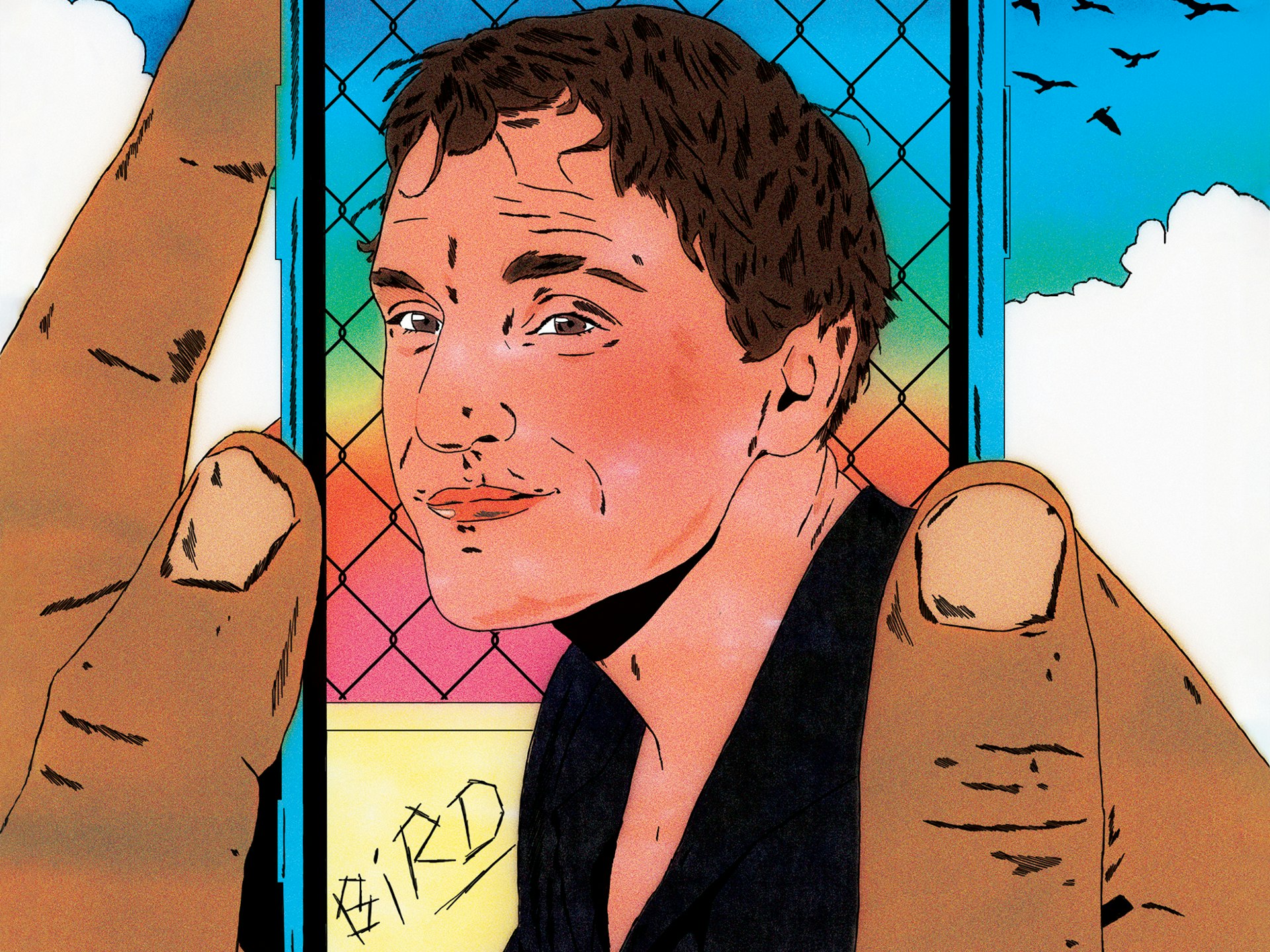
Barry Keoghan, Franz Rogowski and Andrea Arnold on ‘Bird’
The new issue of Little White Lies brings Andrea Arnold’s sixth feature to life with a thematic voyage down the Thames estuary.
Written by: Maisy Hunter
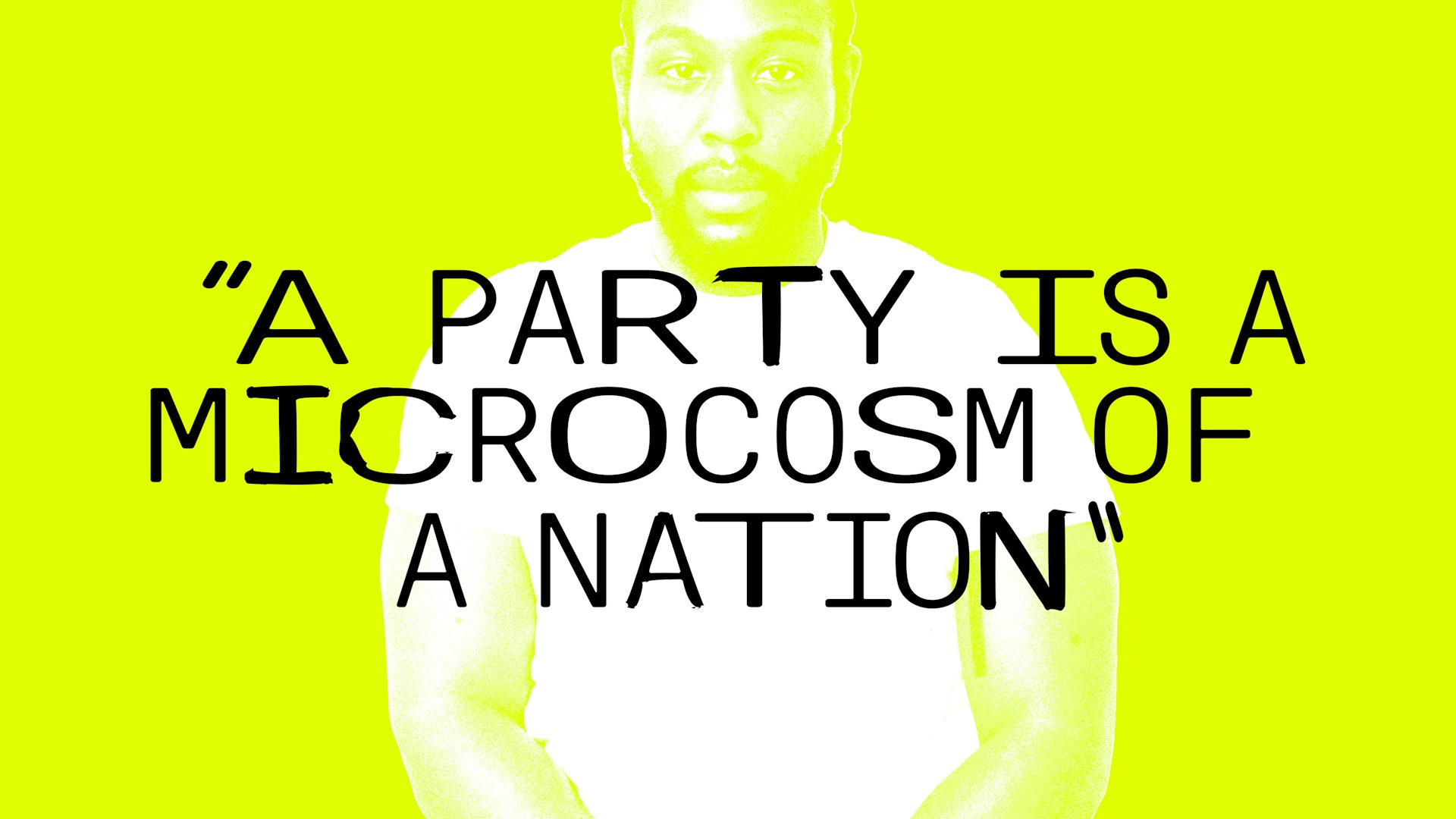
“A party is a microcosm of a nation”: Caleb Femi on the decline of the house party
To celebrate the publication of his new collection ‘The Wickedest’, Isaac Muk caught up with Femi to talk more about the work, the future of the shoobs, and discuss why having it large on a Saturday night should be cherished.
Written by: Isaac Muk
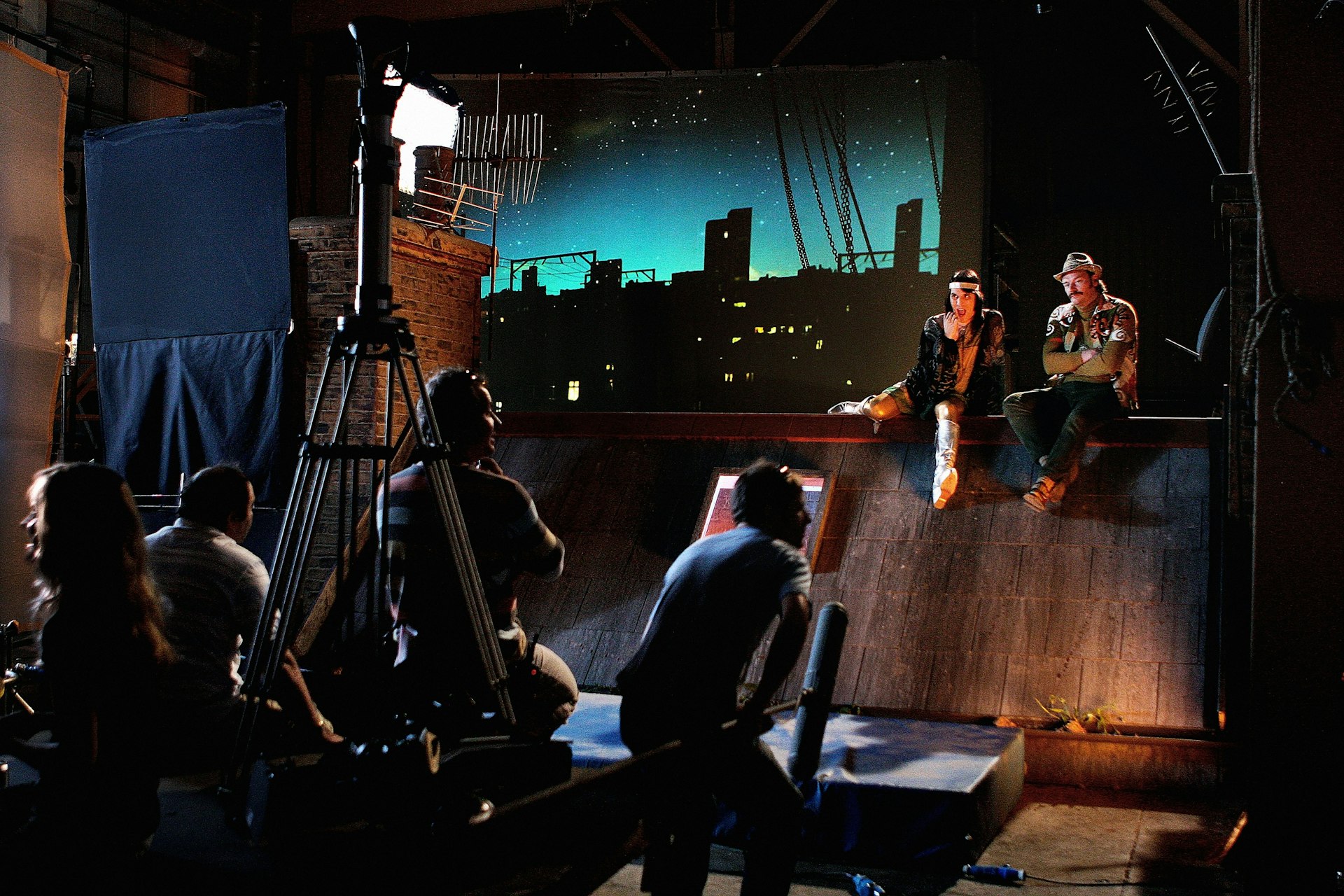
Celebrating 20 years of The Mighty Boosh
A new exhibition takes a look behind the scenes of the iconic show two decades after its BBC3 premiere.
Written by: Isaac Muk
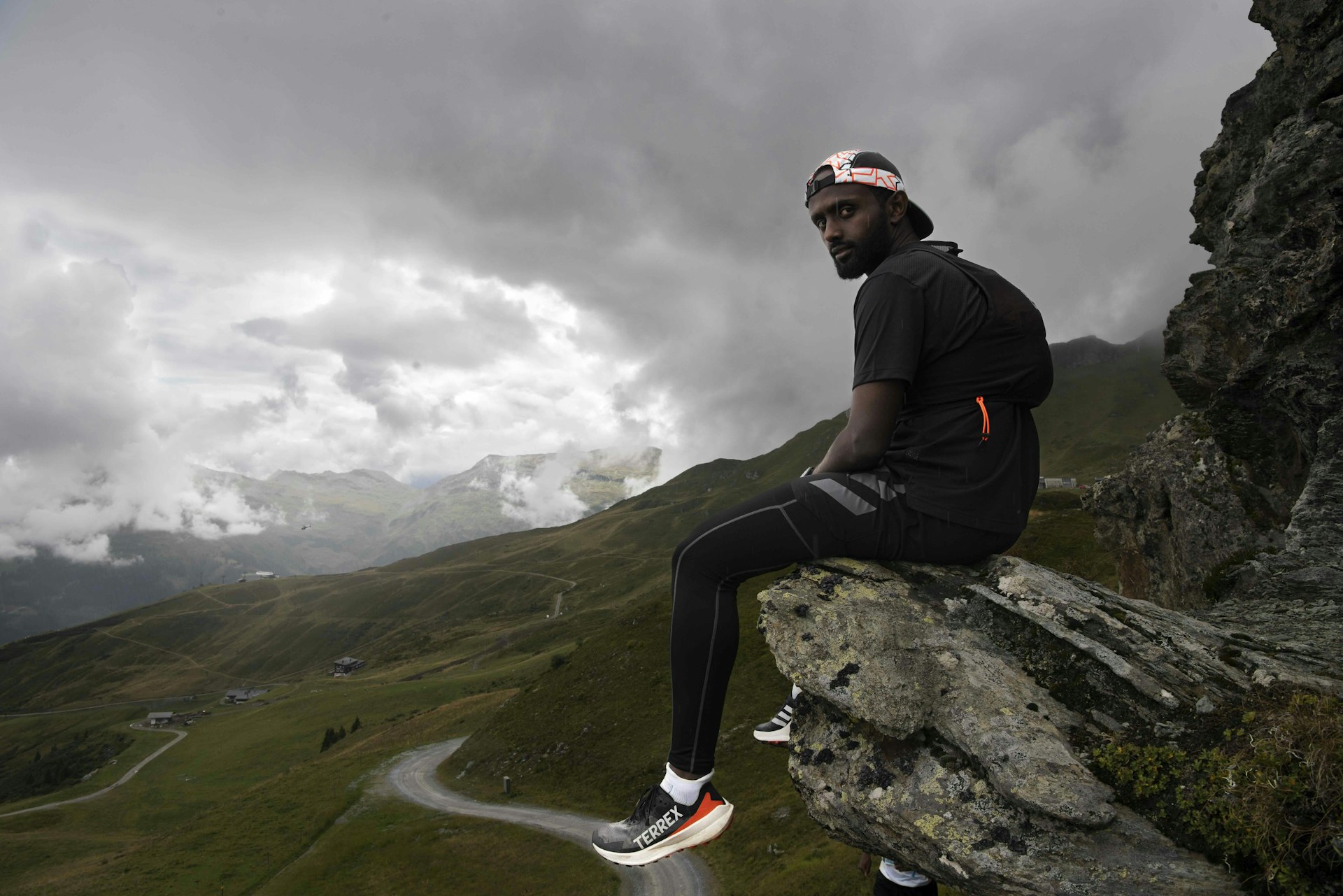
We Run Mountains: Black Trail Runners tackle Infinite Trails
Soaking up the altitude and adrenaline at Europe’s flagship trail running event, high in the Austrian Alps, with three rising British runners of colour.
Written by: Phil Young
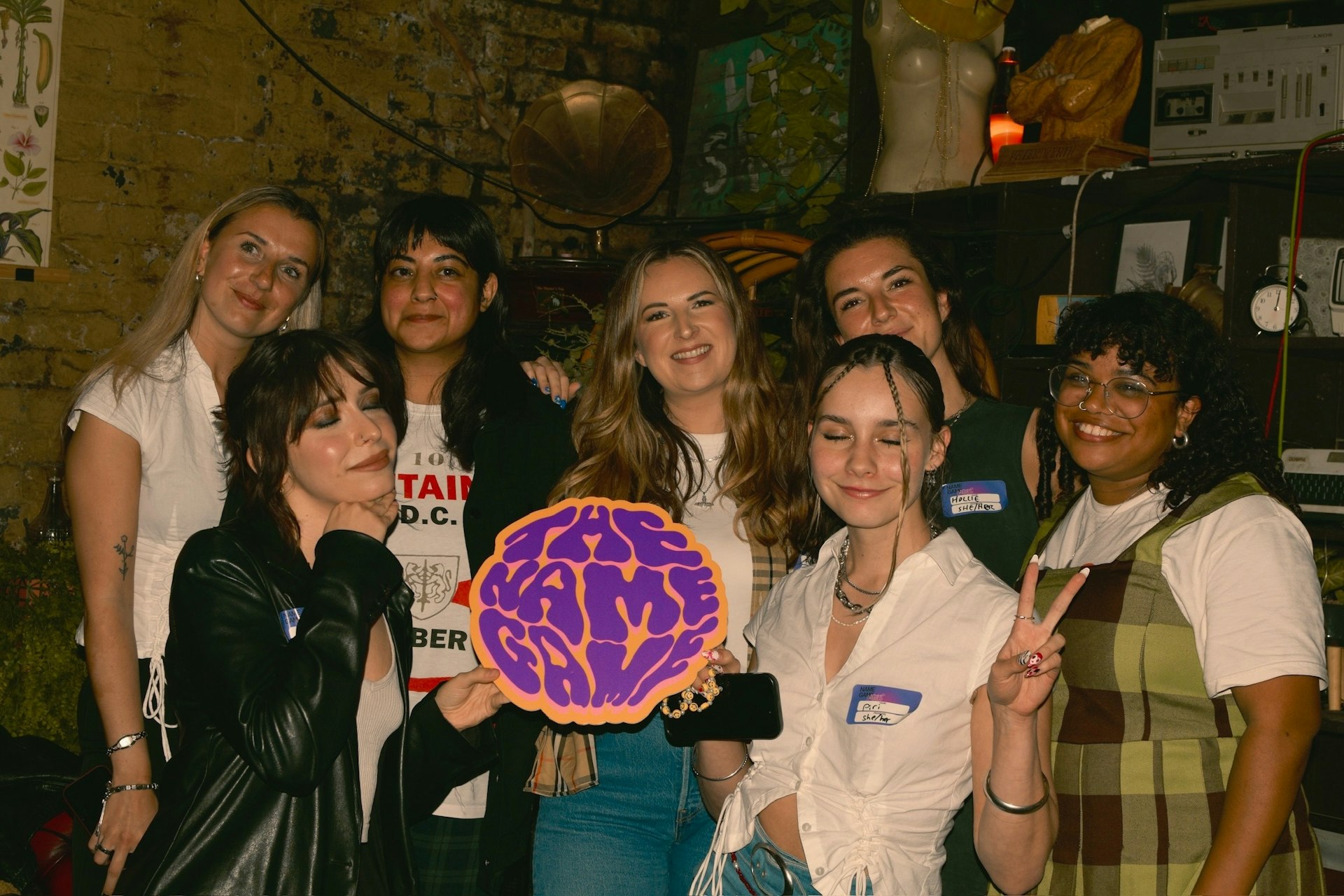
The organisation levelling the playing field in the music industry
Founded in 2022, The Name Game is committed to helping female, non-binary and trans people navigate the industry.
Written by: Djené Kaba